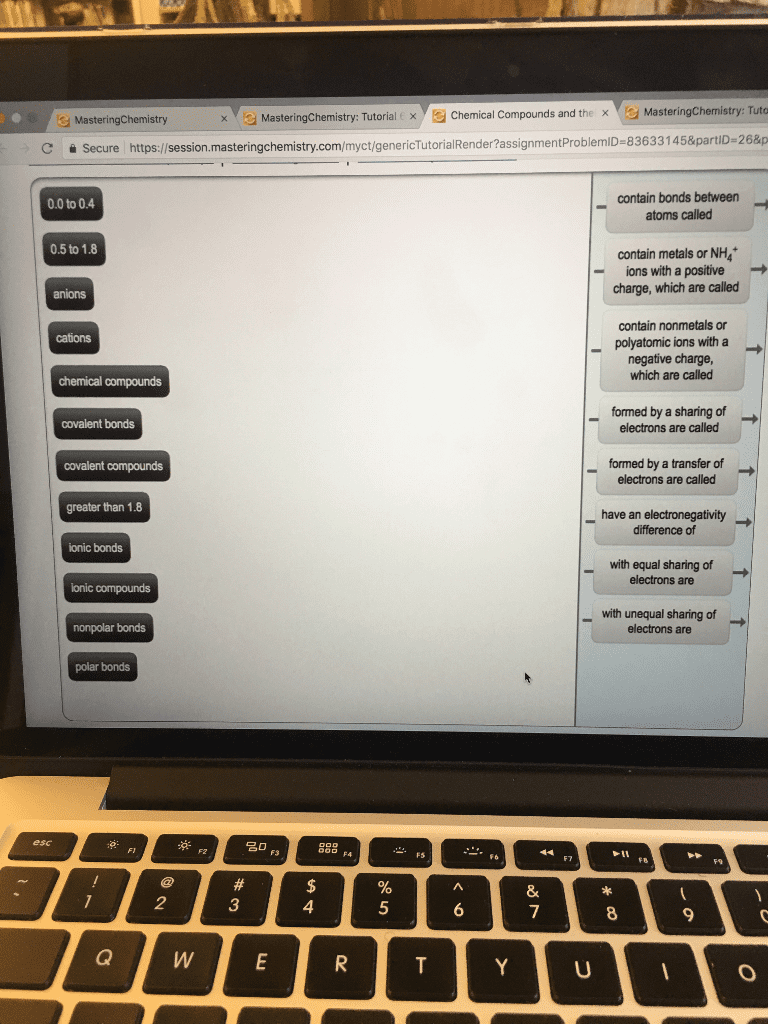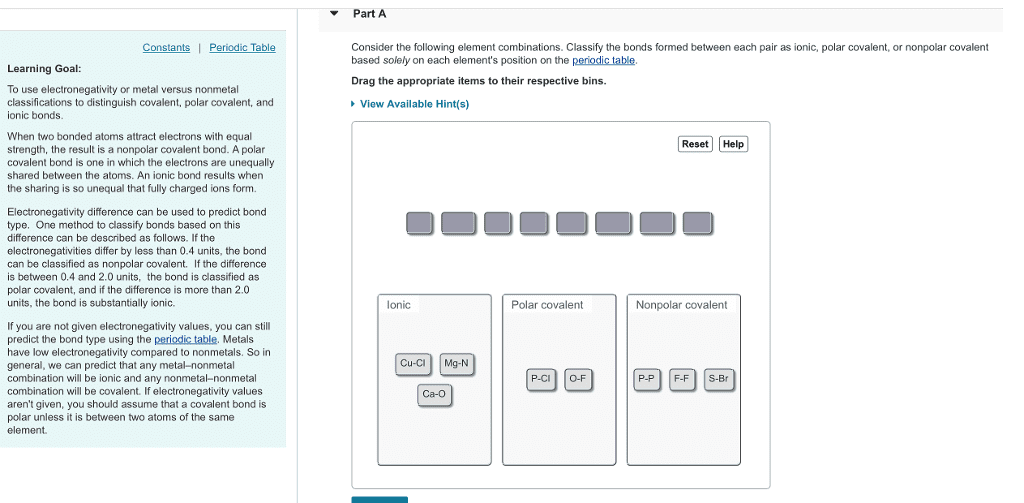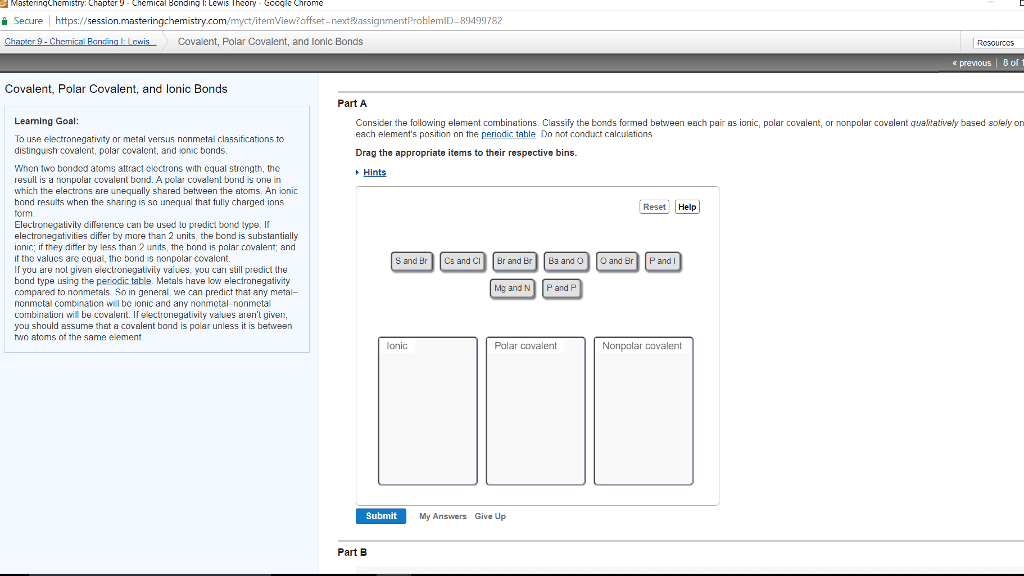CHMA10H3 Chapter Notes - Chapter 3: Nsb Di 2, Oxyanion, Molar Mass

36
CHMA10H3 Full Course Notes
Verified Note
36 documents
Document Summary
Compounds are made up of atoms held together by chemical bonds. Chemical bonds are a result of interactions between the charged particles electrons and protons that compose the atoms. Between metals and nonmetals involve a transfer of electrons from one atom to another formed by the attraction of oppositely charged ions (cation and anion) by electrostatic forces: covalent bonds. Between 2 or more nonmetals involve sharing of electrons between 2 atoms the shared electrons interact with the nuclei of both atoms, lowering the potential energy of the system through electrostatic interactions and forming a covalent bond. Most stable configuration = lowest potential energy. Empirical formula: gives relative number of atoms of each element in a compound. Molecular formula: gives the actual number of atoms of each element in a compound. Structural formula: uses lines to represent covalent bonds and shows how atoms in a molecule are connected or bonded to each other.




